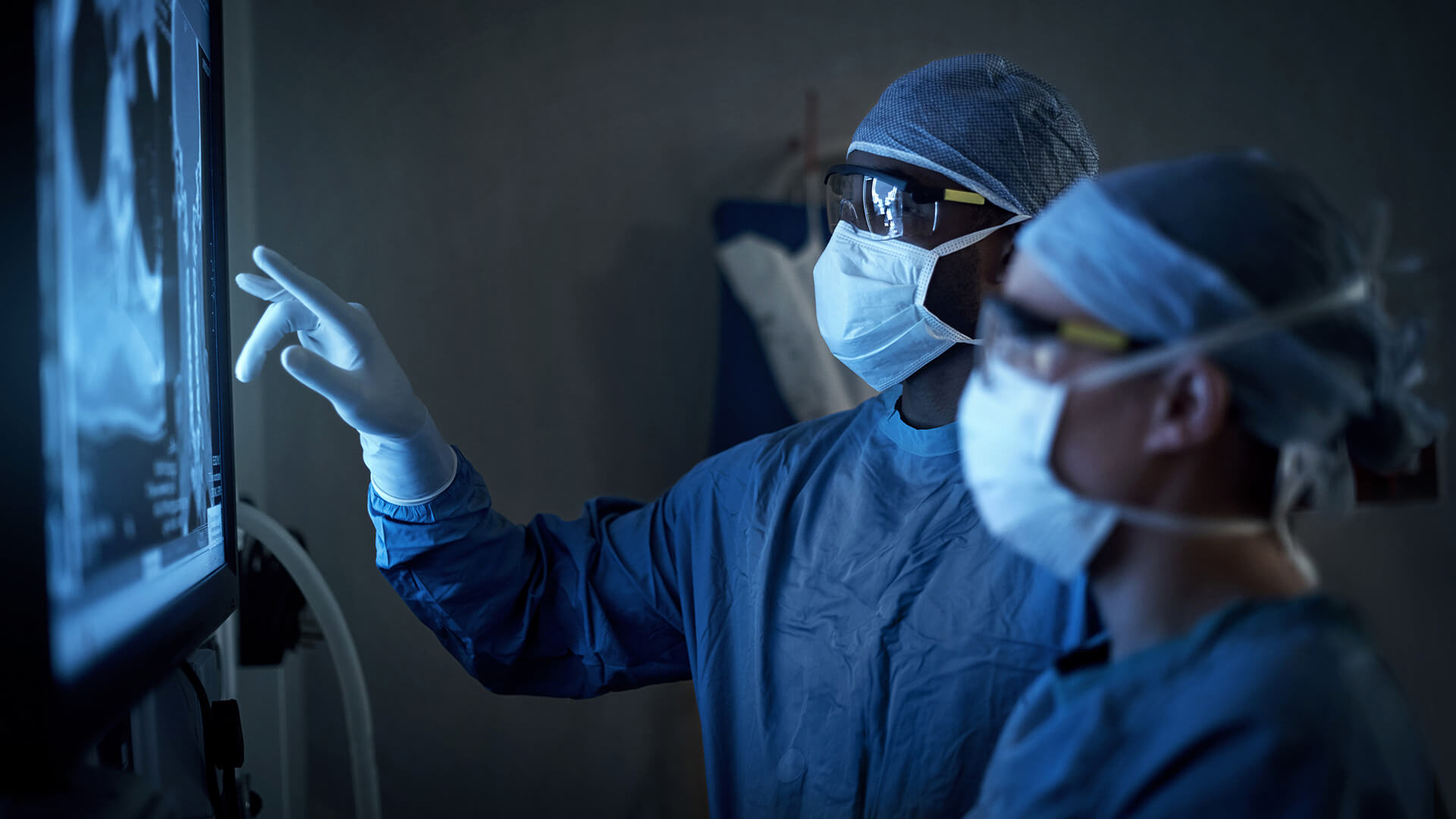Calls for Ukraine
Calls for Europe
Calls for USA

Sarcomas account for more than 20% of all solid malignancies in children and less than 1% in adults. The vast majority of diagnosed tumors affect soft tissues, and only 10% affect bones.
Sarcomas are prone to rapid metastasis and recurrence. Understanding the nature of this disease allows to recognize it at an early stage and seek medical help in a timely manner. In this article, we have collected all the most up-to-date information about the types, symptoms, causes of sarcomas, methods for their diagnosis and treatment, as well as the best oncology clinics and doctors specializing in this field.
Sarcomas are malignant neoplasms that develop in bones, soft tissues (muscles, adipose tissue, connective tissue), as well as in organs such as the lungs, stomach, and intestines. These are aggressive cancerous tumors that grow rapidly and metastasize (spread) to other parts of the body.
Quick facts about sarcomas:
This information once again proves that early diagnosis and qualified therapy of sarcomas are the key to a successful cure for this dangerous disease.
The exact causes of the development of the disease are unknown. There are certain hereditary conditions that increase the chance of these tumors occurring.
Patients who had retinoblastoma (eye cancer) in childhood have a genetic defect that makes them more likely to develop sarcoma later in life. People with neurofibromatosis type 1 (a disease that causes the growth of benign and malignant tumors) are also predisposed to the disease.
Occasionally, sarcomas occur in patients who have received radiation therapy for other cancers many years after treatment. In this case, they are called radiation-induced.

Signs and symptoms depend on the type of tumor. Sarcoma symptoms vary depending on whether the tumor affects soft tissue or bone. Soft tissue sarcomas can develop in muscles, cartilage, tendons, fatty tissue, blood vessels, and other tissues. In the early stages, the disease often does not manifest itself. If symptoms are present, their nature depends on the area in which the tumor is localized. Patients may complain about:
Osteosarcoma affects bone tissue. One of the first signs is bone pain, which gets worse at night. The following symptoms may also be present:
Although these symptoms are not specific and do not necessarily indicate the development of sarcoma, it is better to consult a doctor if they appear. Write or call us and we will select for you the best doctor and clinic for comprehensive diagnostics for free.

At an early stage, a sarcoma may look like a small lump and induration. Often, the growth is painful and causes swelling around the affected area. In some cases, the skin over the tumor becomes red or, on the contrary, pale, its texture changes. If the neoplasm compresses nearby nerves, the area of its localization may become numb.
The rate of development of the disease depends on the type of tumor. The most aggressive forms grow rapidly, reaching 10 cm in diameter in just one month. Other types may develop slowly, going unnoticed for a long time.
Doctors distinguish between two main categories: soft tissue sarcomas and bone sarcomas. Each type has its own subtypes, clinical features, and treatment approaches.
Soft tissue sarcoma
There are more than 50 types of neoplasms of this type. The most common in adults among them are:
In children, the most frequently diagnosed types of soft tissue sarcoma are:
Bone sarcoma

Primary sarcoma develops in bone tissue. Histologically, it differs from secondary tumors that have arisen due to bone metastasis from another part of the body. Neoplasms of this type are more common in children and adolescents. The most common of these are:
Accurate determination of the type of disease is of great importance in the choice of therapeutic tactics and prognosis.
Sarcomas, like many other types of cancer, have 4 stages of development:
Staging helps doctors determine the severity of the disease and determine the most effective treatment.

Diagnostic testing usually includes:
When diagnosing osteosarcoma, oncologists usually also prescribe osteoscintigraphy – a bone scan. This technique reveals even the most insignificant pathological foci in the bone tissue.
Cancer refers to tumors that develop from epithelial tissues that cover the outer surfaces of the body and internal organs. These include carcinomas that most often affect the lungs, breast, prostate, small and large intestine, and pancreas.
Sarcomas, in turn, are tumors that develop in soft tissues and bones. These include osteosarcoma (bone cancer), leiomyosarcoma (malignant smooth muscle tumor), liposarcoma (a tumor that develops in adipose tissue), etc.
Both carcinomas and sarcomas are malignant tumors. But only carcinomas are called cancer. This is the main difference between these neoplasms.

The main treatment for this type of tumor is surgery. Its goal is to remove the neoplasm as completely as possible and prevent its further growth and spread. As already mentioned, sarcomas are prone to metastasis and recurrence. Therefore, in combination with the operation, a doctor may prescribe to a patient:
Treatment can be long and difficult. The patient should be managed by an interdisciplinary team of doctors, including an oncologist, radiologist, radiotherapist, chemotherapist, and other specialists. In addition, the medical center where the treatment will take place should have access to modern methods of antitumor therapy. An integrated approach helps to achieve the most effective therapeutic result. Therefore, it is important to pay sufficient attention to the choice of the clinic where the treatment will be carried out.
The MedTour company cooperates with the best oncology centers specializing in the diagnosis and treatment of sarcomas. Our coordinating doctor will select a clinic based on your individual needs and possibilities. We will help organize treatment and resolve all related issues. MedTour services are free. The patient pays for the treatment at the cash desk of the medical center.
The prognosis varies depending on a number of factors. The two most important of these are the type and stage of the tumor. For example, neoplasms that develop in the soft tissues of the extremities and are diagnosed before they have spread to surrounding tissues tend to have a very favorable prognosis (five-year survival rate is 90%).
Other factors that influence the possible outcome of the disease include:
Write or call us to find the most suitable clinic for the treatment of sarcoma. We cooperate with leading oncology centers that have modern equipment, experienced staff and access to innovative methods of cancer treatment.
The five-year survival rate directly depends on the early diagnosis of the tumor:
The overall survival rate is 52%.
The MedTour platform cooperates with leading cancer centers around the world. Our main goal is to make cancer treatment more accessible to patients. Medical coordinators of MedTour will select a clinic for the treatment of sarcoma, taking into account your personal needs and wishes. We will help to solve all organizational issues and provide support at all stages of the therapeutic process.
The MedTour platform contains information about leading oncologists from around the world. We will select an experienced and qualified doctor who specializes in the treatment of sarcomas and has made significant progress in this area. To get advice from our coordinator, fill out the feedback form or call the phone number listed on the site.
Please rate the work of MedTour
